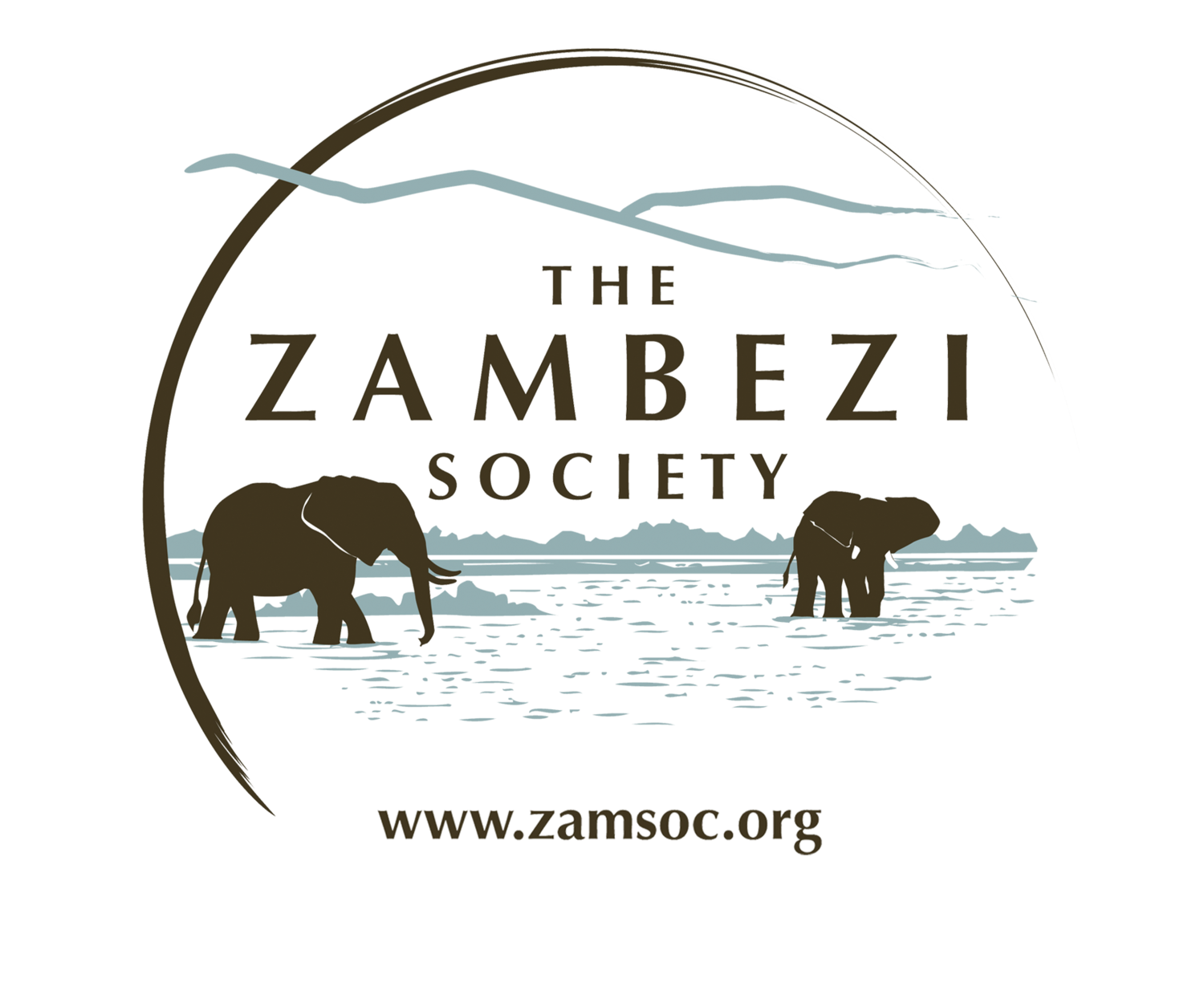
ABOUT US
The Zambezi River
The Zambezi River is one of Africa’s last remaining wild rivers. Its spectacularly beautiful attractions include one of the Seven Wonders of the World - Victoria Falls; the Batoka, Kariba, Mupata and Lupata Gorges, and two man-made lakes: Kariba and Cabora Bassa. It is Africa’s fourth-largest river and is one of the finest and least spoilt rivers in the world. Its source rises from a tiny spring in Mwinilunga in North-western Zambia and flows for 2,700 kms into the Indian Ocean at its delta on the Mozambique coast.
Its basin (if you include all the river’s tributaries) covers most of central and southern Africa; an area of some 1.3 million sq. kms. – larger than the Sahara Desert. Eight countries in the region are directly linked into this vast river system – Zambia, Angola, Namibia, Botswana, Zimbabwe, Malawi, Tanzania, and Mozambique. The river basin also incorporates several of Africa’s finest National Parks and safari areas and its magnificent delta has, for centuries, been a focal point in the history and culture of the region.
The Zambezi basin is rich in biological diversity. Its wetlands, aquatic systems, riverine woodlands, montane forests, dry forests, and savannahs are all complex eco-systems which support abundant wildlife and a great diversity of trees and plants - some species native only to the Zambezi region. As a result, the Zambezi basin holds many wonderful wilderness landscapes and many natural resources that are of exceptional value.
However, the Zambezi River’s wild nature faces many threats:
Poaching of important Zambezi wildlife like the Black Rhino, Elephant, Pangolin Lion and Leopard and some bird species for the illegal trade in wildlife products.
Poverty forces people into snaring wildlife for illegal bushmeat or the unsustainable harvesting of forests and fish
Developments such as high-impact agriculture, mining, energy generation, water extraction and ill-advised tourism developments are often prioritized over the preservation of wilderness for tourism, hunting, or conservation
Land planning in the eight Zambezi region countries lacks co-ordination and is often haphazard.
Local communities are seldom properly informed or consulted. What happens in the upper catchment area can have drastic environmental consequences on people and wildlife far downstream.
Unlike most places in the world today, options for development in the Zambezi basin are still open. The Zambezi Society believes that this is a perfect opportunity for planners, decision-makers, and conservationists to avoid the mistakes made elsewhere.
LATEST NEWS
Stay up to date with our work in the Zambezi Valley
DONATE NOW
Help us conserve the Zambezi’s wildlife and wilderness values
CONTACT US
Get in touch. We’d love to hear from you.





